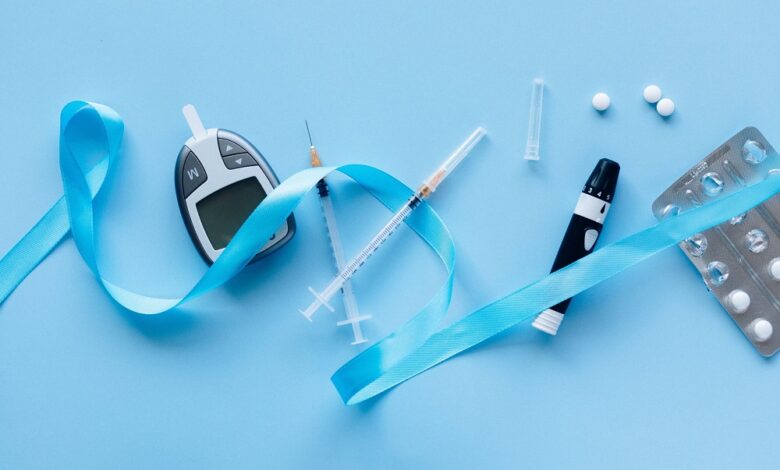
Latest figures from the International Diabetes Federation (IDF) show that in 2021 there were more than 537 million adults living with diabetes. This number is projected to increase to 783 million by 2045. Around three in four of those with diabetes live in low-and middle-income countries, where affordability and access to diabetes medications and treatment are often difficult to come by. Limited access to treatment options in these countries has contributed significantly to the 6.7 million lives that were claimed by diabetes in 2021.
Numbers from the IDF are indeed daunting and dismaying, nevertheless hope is now on the horizon for a more affordable and accessible treatment for diabetes. The treatment, now in its early research phase, could potentially be not only more effective than the current best treatment option of insulin injections or an insulin pump, but also come wrapped in a chocolate.
Scientists at the University of Tromsø (UiT) or the Arctic University in Norway, say they have found a new way to supply the body with insulin. Rather than injecting insulin, the smart insulin developed at UiT is ingested either by taking a capsule, or even better, wrapped within a piece of chocolate. The new discovery could prove to be a blessing for the hundreds of millions affected by diabetes, especially for the estimated 97 million people who inject themselves daily with insulin
The new treatment comes in the form of a capsule inside which are tiny nano-carriers on which the insulin is encapsulated. The nano-carriers, each the size of less than 1/10,000th the width of a human hair, ferry their insulin payload to its target location in the liver.
The innovative manner in which insulin is carried into the body makes the treatment more effective and efficacious than insulin injections. When insulin is taken into the body through a syringe, it spreads throughout the body where it can cause unwanted side effects. On the other hand, the new method delivers the insulin precisely and rapidly to the specific areas in the body that need it most,
Although many medications are now taken by mouth, the challenge to taking insulin in a capsule is that acids and enzymes in the stomach breakdown the capsule, prematurely releasing insulin in the intestinal tract or stomach, with only a small portion eventually reaching the intended target in the liver.
Scientists behind the new study solved this problem by creating a coating that protected the insulin from being broken down by stomach acid and digestive enzymes on its way through the digestive system, keeping it safe until it reaches its destination in the liver.
Enzymes in the liver that are active only when the blood sugar levels are high, then break down the coating and the nano-carriers release the insulin, which then acts in the liver, muscle, and fat to remove sugar from the blood. The new method mimics the natural insulin delivery process in healthy people — the pancreas produces insulin that then passes through the liver where a large portion is absorbed to help maintain stable blood sugar levels.
The new method ensures that when blood sugar is high, there is a rapid release of insulin, and even more importantly, when blood sugar is low (hypoglycemia), no insulin is released. This is a more practical and patient-friendly method of managing diabetes because it allows for the controlled release of insulin depending on the patient’s need, and greatly reduces the risk of hypoglycemia, which can potentially be dangerous for people with diabetes.
The researchers explained that when you inject insulin under the skin with a syringe, far more of it goes to the muscles and to adipose tissues, than would normally happen if it was released from the pancreas. This can lead to the accumulation of fats and also lead to hypoglycemia,
Additionally, the new method does not require the refrigeration of insulin. The oral insulin has so far been tested on mice and rats, as well as most recently, on baboons in Australia. In order to make the oral insulin palatable the team incorporated the insulin into sugar-free chocolate, which was readily ingested by the baboons.
The 20 baboons used in the test were normal, healthy baboons, but the oral insulin was also tested on mice and rats that actually had diabetes. The mice and rats fed with oral insulin did not have hypoglycemia, gain weight or cause fat accumulation in the liver, overcoming existing challenges with injectable and other oral insulins.
What remains now is to test the new method on humans. Trials on humans are projected to start in 2025, with clinical trials slated to take place in several phases.
Provided the phase I trial reveals that it is safe for humans, the scientists hope to progress to phase 2 trials to investigate how it can replace injections for diabetic patients. The researchers hope that the new medicine can be ready for use by everyone in 2-3 years.













